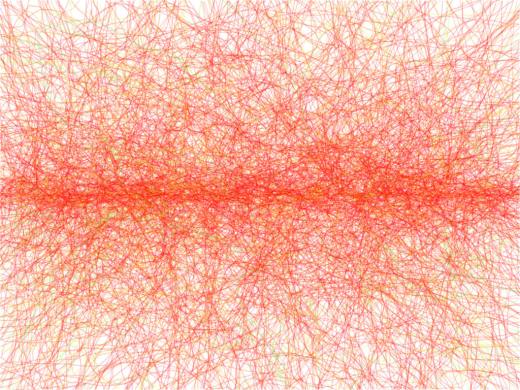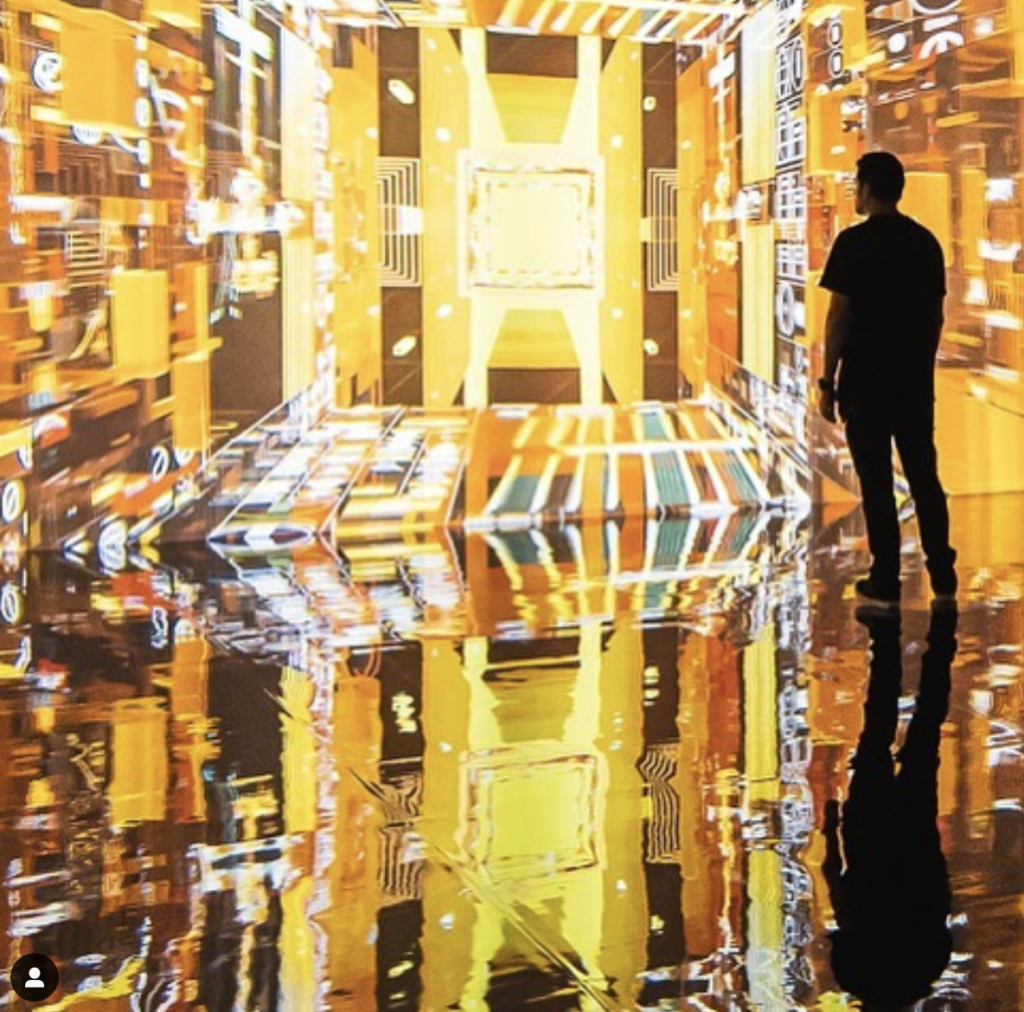Programmers rarely agree on whether or not coding is a creative profession. My interest in coding always stemmed from what I could create with the code. Seeing an interesting visual result from my efforts is usually the most satisfying part. Most programmers are less concerned with how their app looks and more concerned with the functionality. Usually, as long as the app works the way it is supposed to, most programmers are satisfied.
Of course that is an overly simplified model. Programmers often care about how the code is written, whether it is reusable and easy to understand for other programmers. One could argue that deciding on which tools to use and how to organize the different parts of the code involve creativity as well. Creativity is a broad term and I’m not here to make a commentary about whether or not programming is creative. This post is rather about people who identify with the term creative coder. Namely, folks who got into coding because they are interested in how they can express themselves creatively with technology.

There are a lot of good examples of creative coders in some of my other blog posts, here and here. Nathalie Lawhead is one of my personal favorite creative coders. Their work lies at the intersection between games and interactive art. They draws a lot of their inspiration from old flash games and early net art. Games like What Remains of Edith Finch, which are sometimes called “walking simulators” by the gamer community for being primarily focused on storytelling can also fall into the category of creative coding.
Then there are folks who make all kind of interesting art with code on communities like Codepen. From unique loading screens to animated menus to scrolling backgrounds, these are also inherently creative. It’s hard to make a list of every kind creative coding out there because technology is constantly evolving. Tools like Processing and OpenFrameworks allow for especially dynamic and immersive art to be created, from moving and morphing fractals to particles replicating the flocking of birds or cell division, the sky is the limit for what kind of art creative coders can make.
I am a lot more passionate about programming when I am working on something like a game or interactive art project versus enterprise software. Tackling technical challenges can be fun occasionally but I am much more interested in the act of creation and the product I am creating. I am especially excited if the product I am making involves other creative aspects.

I think that is what differentiates creative coders from other types. What made them interested in coding was not the technical challenges or the logic puzzles but the excitement of creating something that is immersive and captivating. Creative coders may or may not be software engineers in their day job. Some are front end developers, fewer are back end developers. For me UI developer was especially attractive as a day job because it merges design and development. Even in these jobs, though, as I write about in another post, sometimes there is not as much creative expression as one might hope for.
That is the other thing that distinguishes creative coders. They always have that powerful longing for creative expression. Creative coders might also enjoy other things like drawing or music or writing. Personally I enjoy all of these things, and didn’t do any programming of my own for many years. Technically, I did tinker with web development in middle school but my first object-oriented programming code wasn’t written until college.

Some creative coders have never even worked for a corporation in their lives. For instance, there are artists who started collaborating with technologists years into their career and discovered a new passion they didn’t know existed. They might have learned to code in their 30’s and used it to create generative art or experimental experiences. Frameworks like Processing have made coding a lot more approachable even for artists and folks who have traditionally felt ostracized from the world of code.
Unfortunately, being a creative coder can put you in a weird limbo between the world of programmers and the world of artists. I felt this very acutely in my career, as someone who graduated with a Visual Arts degree and then began working as a software developer.

On the programming side, there is still a lot of gatekeeping, especially at the corporate level that makes creative coders feel unwelcome and unwanted. Programming interviews are often designed to test your knowledge of algorithms that are typically taught in computer science classes. Unfortunately, since creative coders often come from non traditional backgrounds the chances that they are familiar with these algorithms is pretty small.
There are also negative stereotypes among some programmers about creative folks specifically that will put them at a disadvantage as well. Some programmers out there believe that you are either a logical person or a creative person, basically concluding if you are good at art you cannot write code and vice versa. Obviously, this is ridiculous, but those who believe it can be hard to persuade.

Sadly, these gatekeepers sometimes succeed in convincing people and so some of them never even try to experiment with coding. These same gatekeepers are usually also the kind that make it harder for folks minorities in tech to have their accomplishments recognized. Usually this means if you’re a minority and identify as a creative coder, the path to recognition and respect can be even steeper.
As if it wasn’t bad enough that gatekeepers in the programming world tend to look down on creative coders, there is a similar issue for these coders being recognized by the art community. First of all, the percentage of galleries that showcase generative art, immersive experiences, or experimental games is still very low compared to the galleries that showcase works of painting or sculpture. The few galleries that do, like Artechouse, can be extremely particular about who they choose to showcase. To be chosen for exhibition is akin to winning the lottery, probably even more difficult than landing a programming job at Google or Facebook.

If you identify as a creative coder, you might be feeling a bit depressed after reading all of this. The thing is that regardless of how much gatekeeping or frustration creative coders face, they make some of the coolest projects on the internet. Once you make that first hypnotic generative art piece or that game that you’ve had in your head since you were 10, you won’t feel the same afterward. Ultimately, if you are a creative coder you know it’s so much fun that you would be doing it regardless.
Cover image by Masaki Yamabe
If you enjoyed this article, consider following me on Twitter @nadyaprimak or if you need more tips on breaking into the tech industry, you can read my book “Foot in the Door”.
